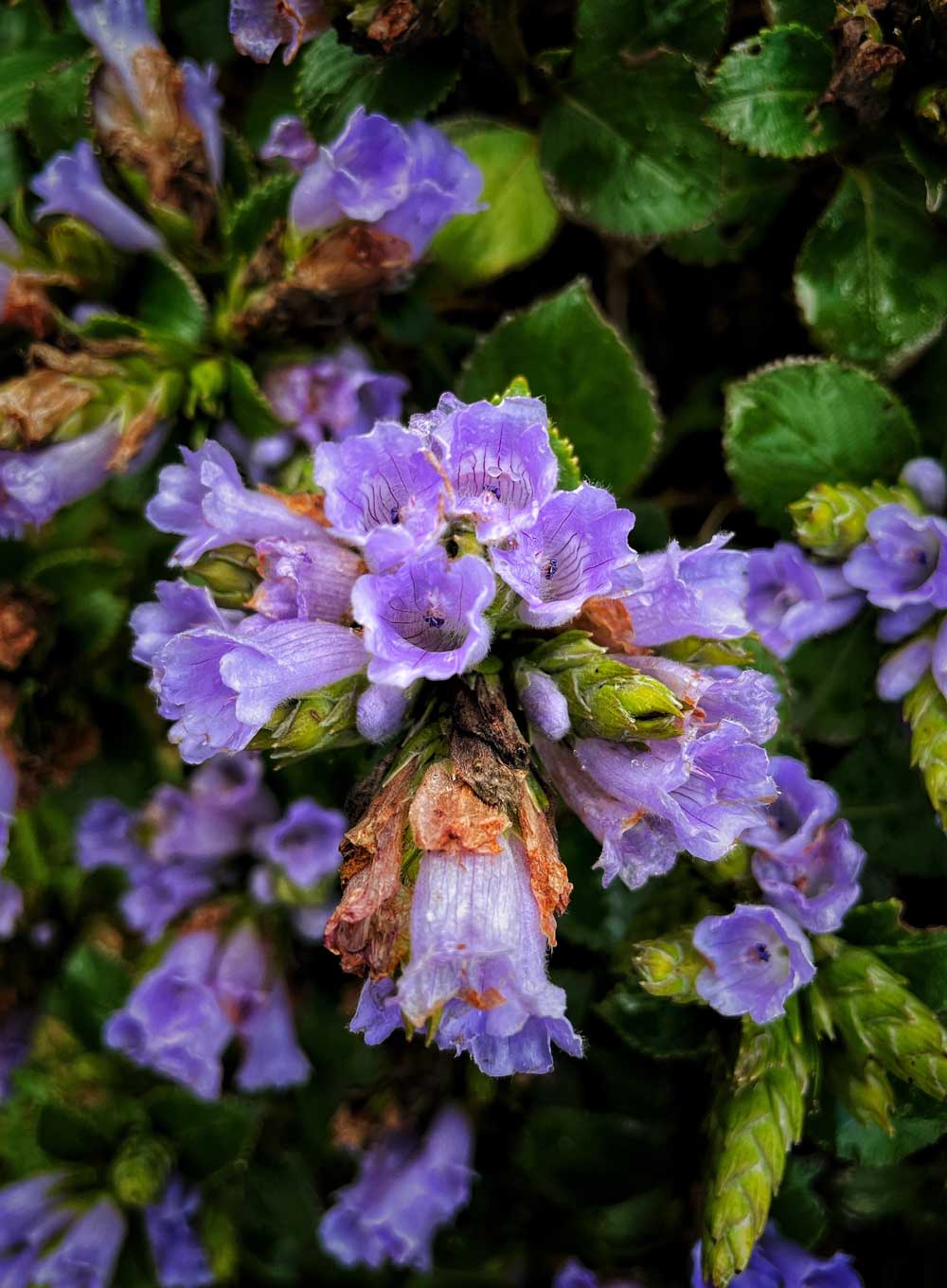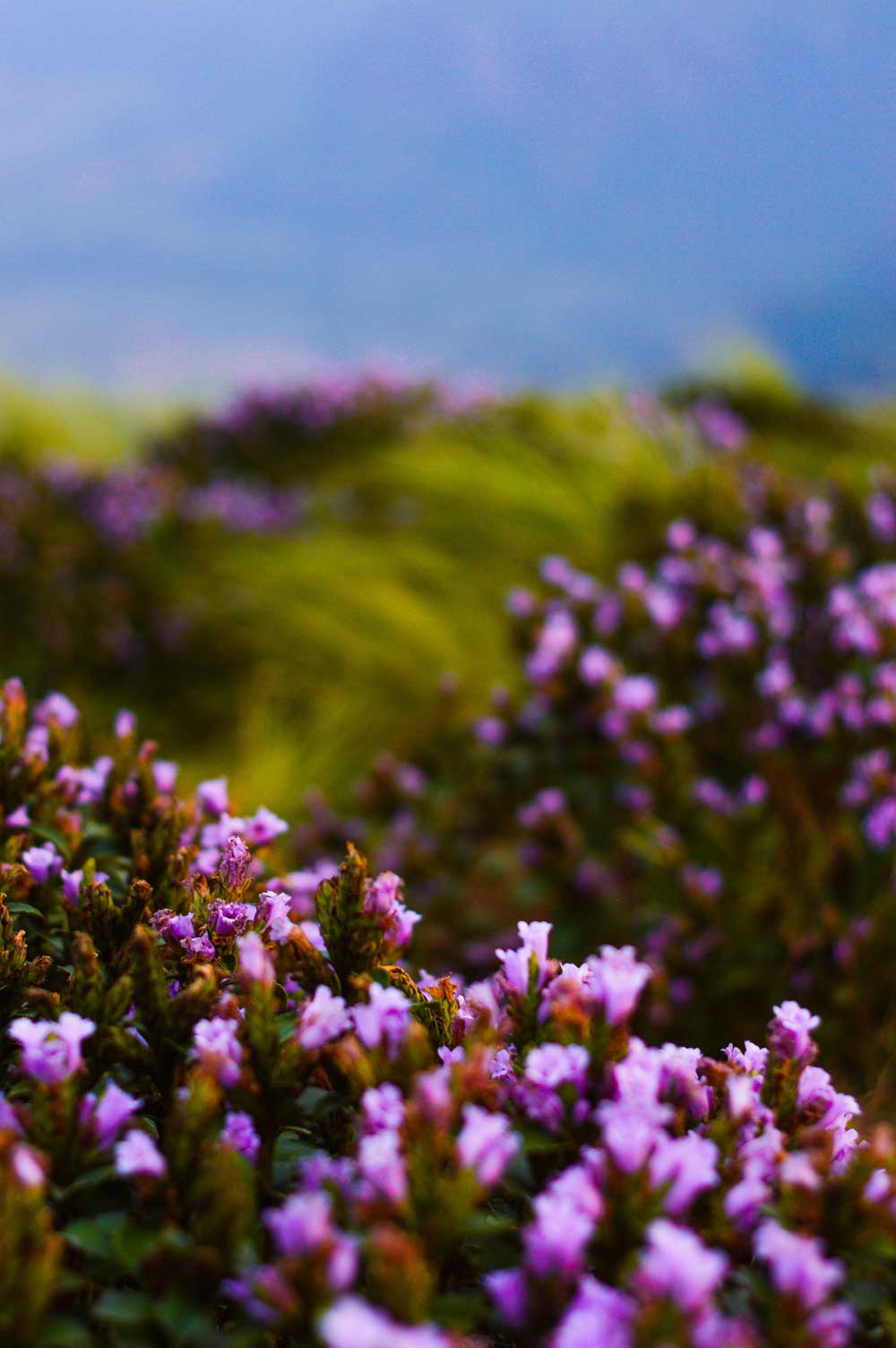Imagine waiting 12 years to see something so rare and beautiful that it completely transforms the landscape. This is a natural phenomenon that occurs in the Western Ghats of South India. Every 12 years, the Neelakurinji flower blooms, carpeting the hillsides in a stunning display of blue and purple. For a short window, these remote hills turn into one of the most magical sights on the planet, drawing thousands of visitors from across the globe.
The Neelakurinji doesn’t just offer eye-catching beauty. Its 12-year blooming cycle, cultural significance, and role in supporting the local ecosystem make it one of nature’s rarest and most fascinating occurrences.

However, this once-thriving species has now been classified as Vulnerable on the IUCN Red List (Criteria A2c), highlighting the increasing threat to its survival.
A Rare Blooming Phenomenon
Neelakurunji is an endemic shrub that only grows in the high-altitude shola grasslands of southwest India. Reaching heights of three metres, it is found at elevations of 1,340–2,600 m in select regions of the Western Ghats and Eastern Ghats.
Vulnerability And Ecological Importance

Previously unevaluated by the IUCN due to its unique blooming cycle, the Neelakurinji’s classification as ‘Vulnerable’ signals that it faces significant ecological challenges. With 34 subpopulations spread across 14 ecoregions, most of the Neelakurinji is concentrated in the Western Ghats, particularly in the Nilgiris of Tamil Nadu, which houses the majority of its population. The rest can be found in the Eastern Ghats, specifically in Yercaud in the Shevaroy Hills.
Despite its broad distribution, the species is now under threat from habitat loss, mainly due to the expansion of tea and softwood plantations, urbanisation, and the spread of invasive species. Climate change is an additional concern, further accelerating the degradation of its fragile habitat. Studies indicate that approximately 40 per cent of the Neelakurinji’s habitat has already been lost.

The Neelakurinji’s last major bloom took place in 2018, and the next full bloom is expected in 2030. However, with the increasing environmental pressures, the future of this natural wonder is uncertain.
The Neelakurinji‘s rare 12-year bloom is not just a visual spectacle but a critical part of the ecosystem in the Western Ghats. As the plant faces mounting threats from habitat loss and climate change, conservation efforts must be intensified to protect this Vulnerable species. Only through responsible tourism and dedicated habitat preservation can we ensure that the Neelakurinji continues to bloom for future generations.